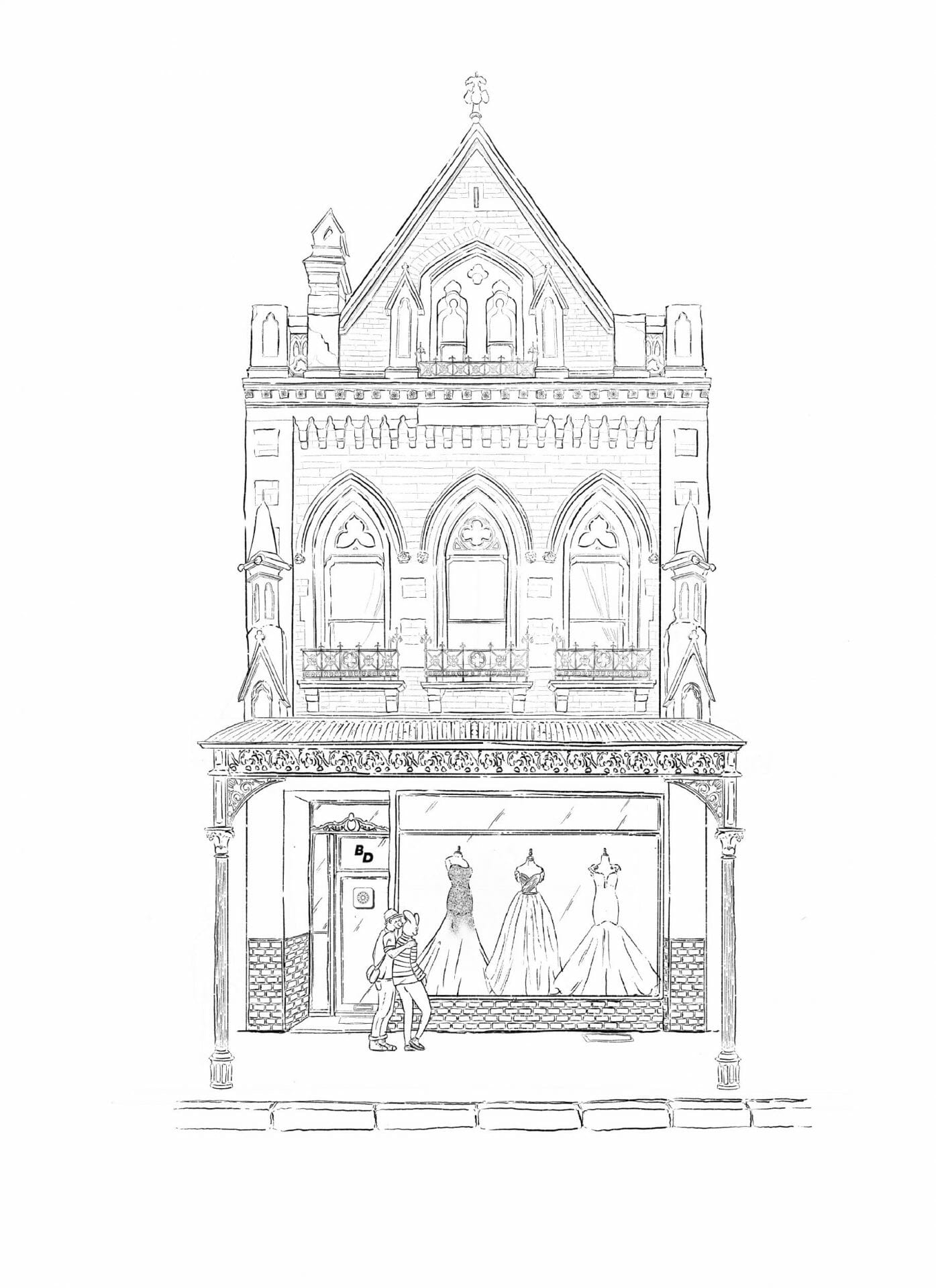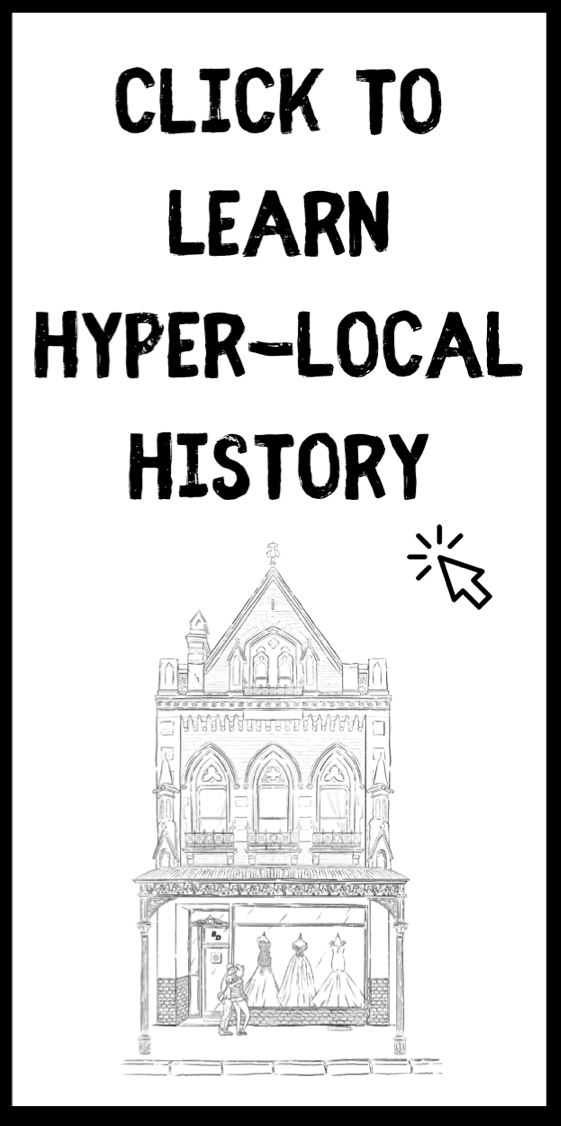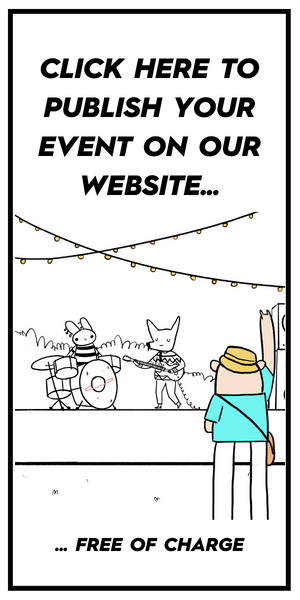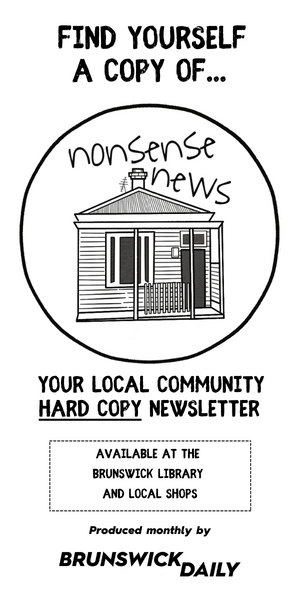This is part 2 of the series ‘Whence Brunswick Came – The History of Sydney Road.’ Check out the first part here and the third one here.
Whence /wɛns/ conjugation, (old fashioned): the place, source, or origin of something.
Just a short walk west of Sydney Road, parkland stretches for more than a kilometre across Albert and Victoria Streets. There are sports fields, tennis courts, a skate park, and reserve with dirt walking tracks – the kind of place where friends gather for picnics on sunny days, or for outdoor events, parties, weddings, even.
Sitting there, on a picnic rug, it may come as a shock to learn that you are also sitting on Brunswick’s history – on what served for a century as the economic lifeblood of the community, and the sweat and toil of generations of locals.
That is to say, you are sitting on what used to be an enormous hole in the ground.


Looks like a good spot for a wedding! source: Merri-bek City Libraries
Back in the 1840s, Brunswick boasted the best clay and stone around. Getting it out of the ground and turned into bricks for the new city became the main occupation of the majority of the residents. By 1871, there were forty-four different brickworks and potteries, leading Brunswick to be described by the end of the century as Australia’s ‘Birmingham’ after the city that was the birthplace of the industrial revolution in England.
Eventually, though, the clay-pits and the quarries were exhausted and Sydney Road was left surrounded by enormous craters. What to do?
Well, that parkland you might host a wedding on? It was purchased by the council and filled in 1947 – taking 17 years! – and renamed Gilpin and Clifton Parks. Just south of the parks, two enormous red brick chimneys rise out of a little housing estate on Brickworks Drive – the only remaining testament to the enormous industrial operation that was the Hoffman Patent Brick and Tile Company.
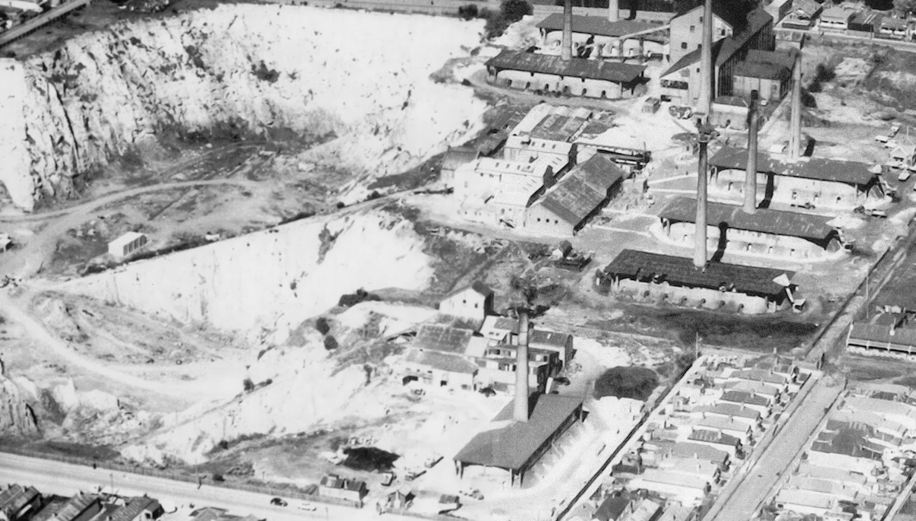

The site of Gilpin Park before it was filled in. Source: rameking2.blogspot.com
Such were the origins of many of Brunswick’s parks and public spaces. Fleming Park between Albert and Victoria Street, host of the Brunswick Bowls and Lacrosse Clubs, was in 1919 the first quarry to be converted. Nearby Methven and Temple Parks behind Jewell Station followed suit a little later. Then there was the operation that fronted right onto Sydney Road itself. William Grey’s brickworks was at one time the largest in Australia until it was finally closed down and filled over in 1962, to become the site of Barkly Square shopping centre and carpark.
Their legacy lies above ground as well, of course. The bluestone which was used to build Melbourne’s iconic historical structures – including the Old Melbourne Gaol, St Patrick’s Cathedral, Victoria Barracks, Melbourne Grammar School, Princes Bridge, and others – came from Brunswick and surrounds.
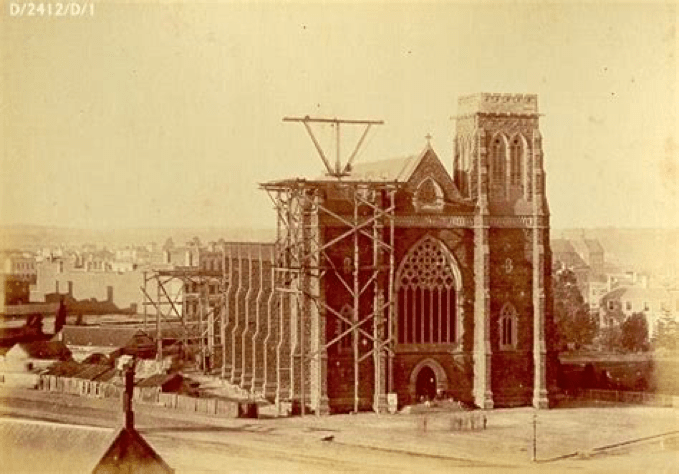
Straight outta Brunswick. Source: East Melbourne Historical Society
As the brick and stone ran dry, another industry rose to take its place: textile mills and clothing factories. Big name local brands like Prestige and Holeproof came to Brunswick in the 1920s, coming to employ thousands of local residents and eventually becoming the largest knitters in the country.
It was on the back of this local manufacturing that Sydney Road became home to so many fabric-shops and tailors, as well as its eclectic range of fashion retailers, from the second-hand, discount and vintage to the high-end boutiques. Places like Sydney Road gifted Melbourne its distinctive style, fusing grunge and retro with dashes of elegance and chic, and a suffusion of experiment and whimsy.
It was only as recently as the 1980s the arrival of a couple of new dressmakers on the block kicked off the latest chapter in the history of Sydney Road’s clothing industry: the wedding precinct.
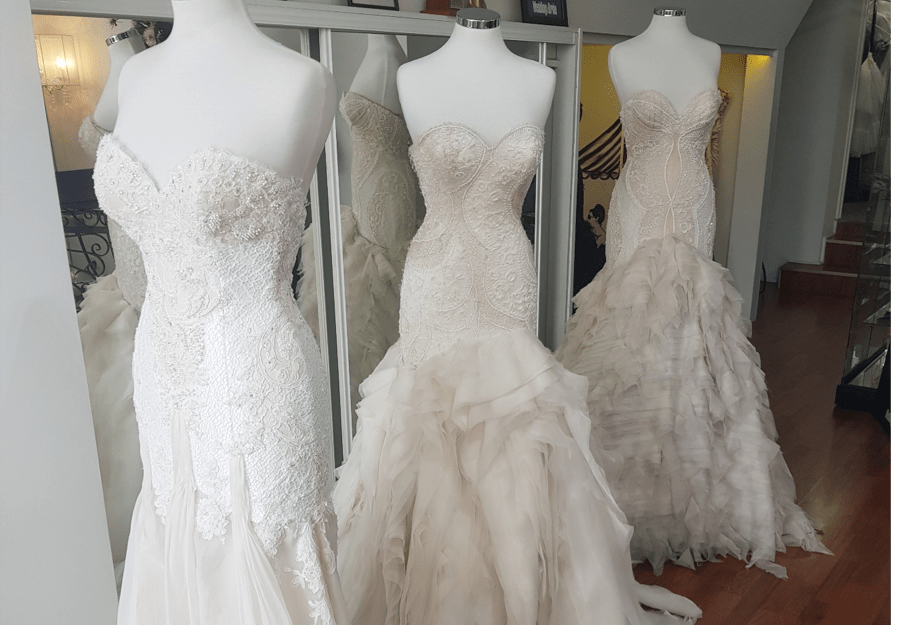

Not an uncommon site on Sydney Road. Source: author
Elide Valente and her sister had been operating their shop in Preston for a couple of years before they decided to relocate to Sydney Road. Back then, the only other shop selling wedding dresses on the strip was Raffaele Ciuca, but Valente’s studio – called Bonita Couture – made to measure. She had grown up practising on her mother’s old sewing machine and, after arriving in Australia in 1969 at the age of 16, completed six months of intensive English classes before studying dressmaking and design at the Emily McPherson College of Domestic Economy (Later absorbed into RMIT).
Ines Colosimo of Croce and Colosimo, located just a little up the street, has a similar story. Born in Calabria, Italy, she too migrated to Melbourne in the 60’s, following in her mother’s and grandmother’s footsteps by becoming a dressmaker and opening Croce and Colosimo along with her partner, Mario Croce, in the early 90’s.
Since these early pioneers, scores of other wedding retailers – including florists, bonbonnieres, patisseries and hair and stylists – have come and gone along those couple of blocks between Albert and Albion Streets, crowning Sydney Road with the title of Melbourne’s bridal precinct. But, at least when it comes to dresses, Bonita Couture and Croce and Colosimo are the trailblazers.
“We spend nine months on a dress,” Ines tells me. “We source materials only from Italy and France… people know if you wanted something made well, [you] came to us.”
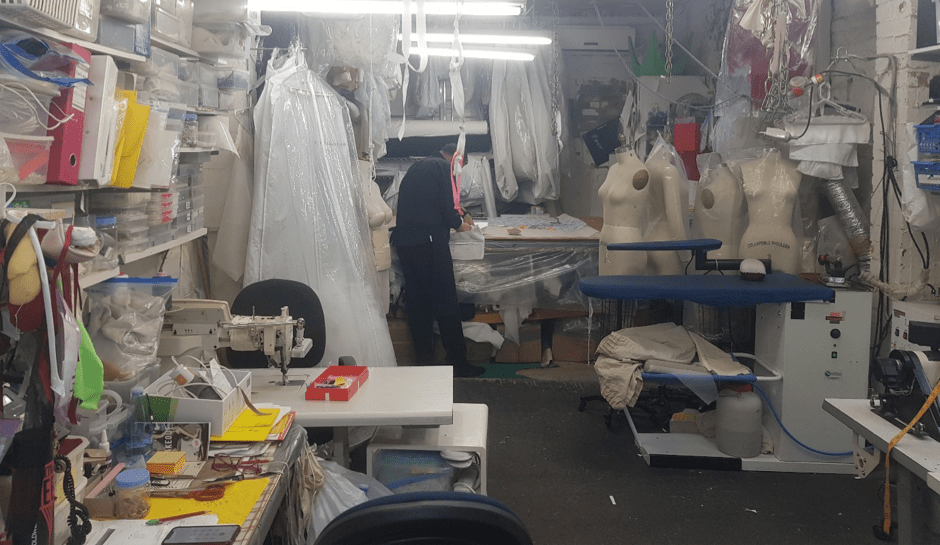

Where the magic happens at Croce and Colosimo. Source: author.
And, as it turns out, the stories of these dressmakers are stitched back even further into the history of Brunswick. After arriving in Australia, Ines’ father found work in the same Brick Factory – Clifton Bricks – that eventually led to the creation of Clifton Park. Before she ran Bonita Couture, Elide Valente worked in a children’s wear factory just off Sydney Road. The work of generations before them built the fabric of the city and the work of their generation has tailored the fabric on its citizens’ backs.
Walking along the strip, snooping out a bargain or planning an outfit for a big event, you too are weaving your way through that history. Because, though the heyday of manufacturing has come and gone, its legacy remains, wherever we turn to look.
And if you happen to decide one day to have your wedding in Gilpin Park, with a dress designed on Sydney Road, you will have achieved the ultimate Brunswick affair – walking on history, wearing history and, no doubt making the history to come.
We’ve already seen how that history as been defined by successive waves of immigration, from colonisation onward. But there is one crucially important benefit of this immigration that we have not examined, yet.
We would like to give special thanks to the Brunswick Local History Group and to our amazing illustrators Little Thoughts Studio.
Do you feel like geeking out on Brunswick’s history? Here’re two of our main sources to write this article: A) City of Moreland – A Thematic History, B) A History of Brunswick

